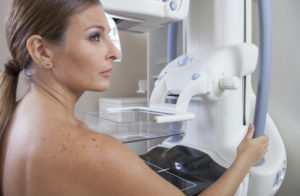All About the Belly: Abdominal Ultrasound
 Bellies are where we keep things, from laughter to turkey dinners to babies. But bellies hold more than that! The anatomically correct name for that part of the body is the abdomen. The abdomen is home to important organs including the liver, gallbladder, spleen, pancreas, and towards the back, the kidneys.
Bellies are where we keep things, from laughter to turkey dinners to babies. But bellies hold more than that! The anatomically correct name for that part of the body is the abdomen. The abdomen is home to important organs including the liver, gallbladder, spleen, pancreas, and towards the back, the kidneys.
So when we as radiologists are asked to look into someone’s belly, we have a lot to check out! Pain in the abdomen can arise from issues with any of the organs, the blood vessels and ducts or even the supporting tissues. Because there is so much to see, we select our tools very carefully – starting with ultrasound technology.
Ultrasound is great because images are made with harmless sound waves instead of radiation. It is fast, noninvasive, and painless. The most uncomfortable one might feel is when the tender area is evaluated in the scan. In short, it’s an easy exam.
Once the gel is applied, a transducer (fancy name for a probe) is rubbed gently across the skin. A computer calculates black, white and grey images in real time, instantly showing on a screen. Your radiologist can then interpret those images and determine what’s healthy, or what needs to be healed.
When you have a focal symptom, such as a pain, we can look specifically at the area in question, even viewing it with you in different positions (as in, it hurts right here when I do this!). Flank pain (“renal colic”), especially in young patients, those who are pregnant, and those with known kidney stones are excellent candidates for abdominal ultrasound. Right upper quadrant pain or pain after eating fatty foods can be due to gallstones – best seen and evaluated by ultrasound. Right lower quadrant pain can be an indicator of appendicitis and in kids and young adults ultrasound is a great first imaging test.
No matter what the diagnosis, it’s important to take care of your belly – and all that it holds! Ultrasound is a powerful tool in helping us help you.
Image Credit: uplifting buddha by faria! via Flickr Copyright Creative Commons Attribution 2.0 Generic (CC BY 2.0))
Originally published 4/16/15 on diagnosticimagingcenterskc.com.





